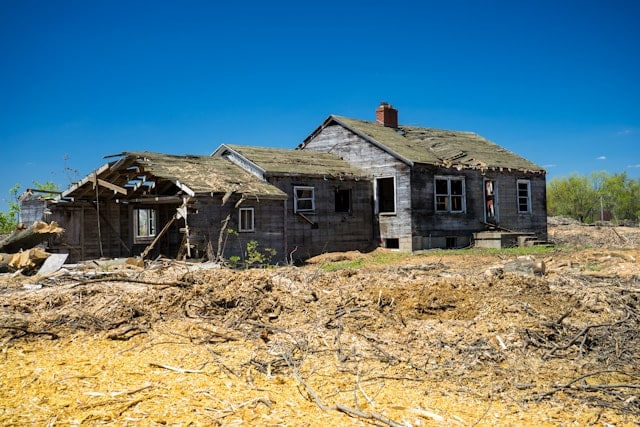Maintaining a well-functioning sewer system is essential for the smooth operation of your home’s plumbing. One common problem that homeowners face is tree roots infiltrating their sewer lines. This can lead to costly repairs and sewage backups if not addressed promptly.
In this article, we will discuss how to detect and prevent tree roots from invading your sewer line.
How Common Are Tree Roots in Sewer Lines?
Tree roots infiltrating sewer lines are a relatively common problem for homeowners. The extent of the issue can depend on several factors:
- Type of Trees: Some tree species, like willows, poplars, and oaks, are more likely to send out invasive roots in search of moisture and nutrients.
- Age of Trees: Older trees often have more extensive root systems, making them more likely to penetrate sewer lines.
- Proximity to Sewer Lines: Trees planted near sewer lines are more likely to cause issues compared to those located farther away.
- Pipe Material: Older clay or concrete sewer pipes are more susceptible to root intrusion, while newer PVC pipes are less vulnerable.
6 Common Signs of Tree Roots in Your Sewer Lines
Detecting tree roots in your sewer line requires vigilant observation and sometimes professional assistance. Here are some signs that may indicate tree roots have infiltrated your sewer system:
- Slow Drains: A sudden decrease in the drainage speed of sinks, toilets, and showers could signal a blockage in your sewer line.
- Gurgling Sounds: Unusual gurgling or bubbling noises coming from your drains can indicate a blockage caused by tree roots.
- Foul Odors: Sewer gases escaping from your drains or a persistent foul smell in your yard can be a sign of root intrusion.
- Sewage Backups: Frequent sewage backups or toilets that don’t flush properly are clear indicators of a blocked sewer line.
- Lush Vegetation: Excessively lush or green patches of grass and vegetation above your sewer line may suggest that tree roots are drawing nutrients from the pipe.
- Cracked Pavement: If you notice cracks or sinkholes in your driveway or yard, it could be due to tree roots pushing against the sewer pipe.
6 Steps to Prevents Tree Roots in Your Sewer Lines
Preventing tree roots from infiltrating your sewer line is crucial to avoid costly repairs. Here are some effective preventative measures:
- Choose the Right Location: When planting trees on your property, consider their proximity to sewer lines. Keep trees with invasive root systems at a safe distance from your pipes.
- Regular Maintenance: Schedule routine sewer line inspections by professionals to identify and address potential root intrusion early.
- Chemical Root Treatments: Periodically use chemical root treatments that contain copper sulfate or other root-dissolving agents. These can discourage root growth within the pipe.
- Barrier Installation: Install physical barriers, such as root barriers or sleeves, around your sewer pipes during installation to block roots from entering.
- Replacement or Relining: If you have old, vulnerable pipes, consider replacing them with PVC pipes or relining them with epoxy resin to prevent root intrusion.
- Proper Landscaping: When landscaping, avoid planting trees with aggressive root systems close to sewer lines. Consult with a professional landscaper for advice on suitable tree placement.
Conclusion
Detecting and preventing tree roots from getting into your sewer line is crucial to maintaining a functional plumbing system and preventing costly repairs. Regular inspection, proper tree selection, and proactive maintenance are key to keeping your sewer lines free from root intrusion.
By following these preventative measures, you can enjoy a worry-free plumbing system and a lush, green yard without the threat of invasive tree roots wreaking havoc on your sewer lines.
If the worst happens, you can always contact 24 Hour Flood Pros for expert sewer line repair or replacement services.







